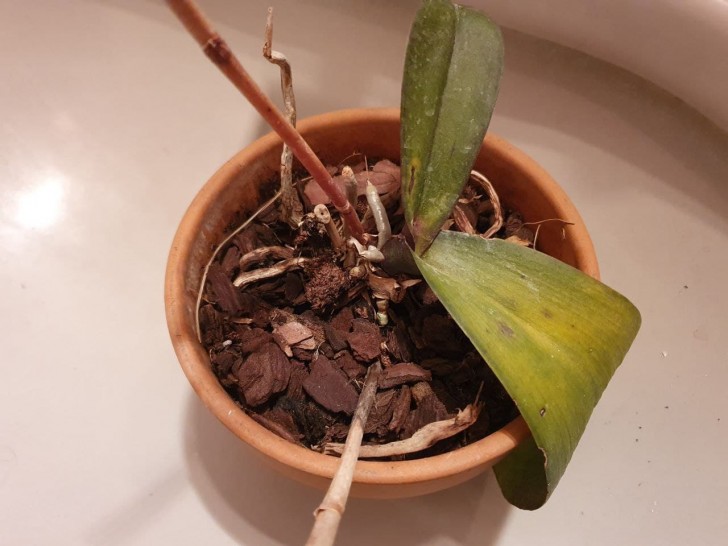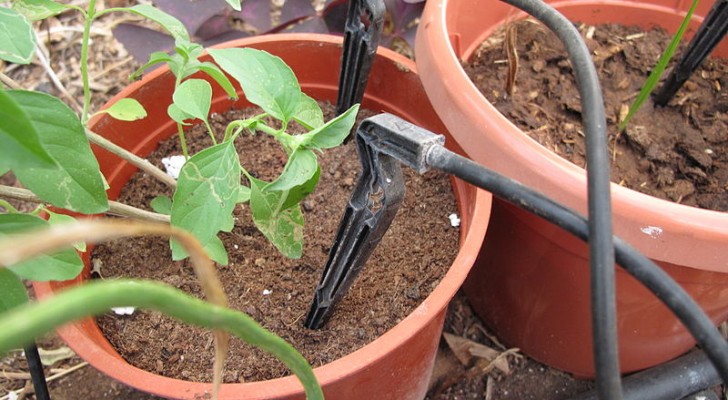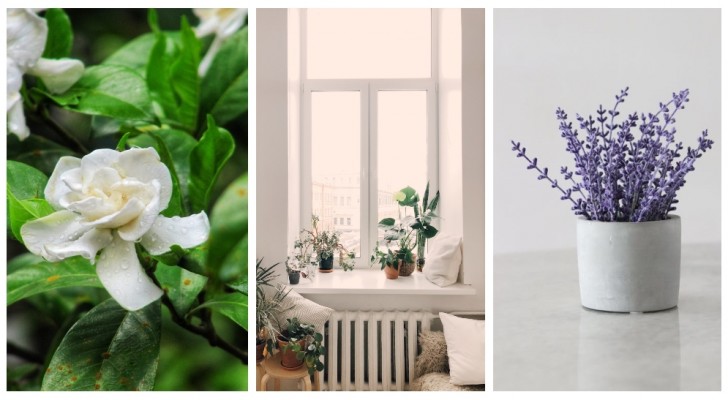Do you want orchids that are always lush? Find out how to stimulate the growth of new leaves

Elegant and colorful, orchids remain among the most loved plants in the world, and amongst those most grown indoors. In our homes, however, it is not always possible to guarantee these plants all the conditions necessary for luxuriant growth and abundant flowering during the year. As a result, we sometimes find these plants suffering a little.
However, as long as the roots of these plants remain healthy, all is not lost, and indeed you can go back to having them grow and bloom the following year. To stimulate the production of leaves, even in young plants that generally have very few leaves, it is necessary to follow a series of important rules for the cultivation of these plants.

Creativo
Some varieties shed their leaves after the flowering period ends, and it also happens that plants don't bloom for more than one year, but are not necessarily sick. Check the color of the stems of the plant: if they are green, it is still alive and will just need to be cared for in the right way.
If by looking at the stems the situation is still not clear, then look at the roots: those of a very light color and firm are healthy; if they are brown and mushy they are rotten, so not much can be done to save them since they have lost the ability to absorb the water and nutrients necessary for survival.
So if the plant has only lost its flowers and has a few leaves, or even if it has no leaves but stems or roots are healthy, then you can keep it and stimulate the production of new leaves (and then later flowers).
- Remove all rotten or damaged parts: always do this gently and using sterilized scissors.
- Repotting: orchids should not always be repotted, but if a couple of years have passed, and if the roots do not have much space in the pot, it should be repotted. Further, if the substrate has become loose and if the plant has some roots that are a bit untidy (or maybe rotten ), then changing the soil will serve to introduce many new nutrients that will help the orchid get back into shape, by stimulating the roots to be more flexible and thus reduce the risk of damage. The soil must always be suitable for orchids, which is mostly composed of tree bark, therefore is very coarse, light and well-draining. Soil for orchids is not the classic "earth" that is soaked in water used for common plants.
- Water in the right way: water must be given abundantly but sporadically, when the soil is completely dry - that is, when at a depth of 5 or 7 cm there is no longer any trace of humidity. Each time you water the plant, you need to saturate the bark with water but without soaking the roots. Fill a basin at least as high as the level of the bark inside the jar, pour tepid water (not too hot or cold) over the bark itself in order to fill the pot to the brim and leave everything immersed for 15 minutes. It is also important to avoid that the water touches the part of the stem where the first leaves begin, which are at risk of rotting easily. If you happen to get them wet, dry them with a little bit of absorbent paper. After 15 minutes (or in any case when no more water drains out) lift the pot, drain all the excess water and then put it back in its place.
- The right location: orchids like bright places but not direct sunlight, and prefer transparent pots, with excellent drainage. If you want the leaves to grow again, light is essential, and it must also reach the roots.
- You can help the orchids further by using a fertilizer, but only from spring until autumn, suspending the feeding in winter. You can choose those fertilisers generically indicated for plants, i.e. balanced in nitrogen, phosphorus and potassium (20-20-20) or, if you know that your plant needs a different composition in particular, use specific products recommended by experts. In any case, with orchids even more than with other plants, it is always better to dilute the fertilizers more than the packages recommend, halving the concentration of the product.
Happy gardening!





